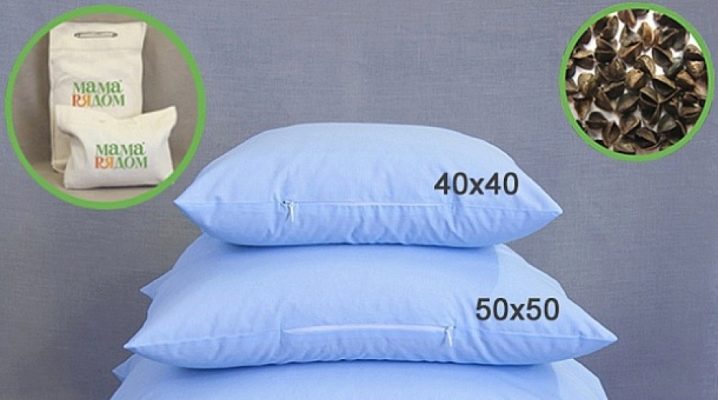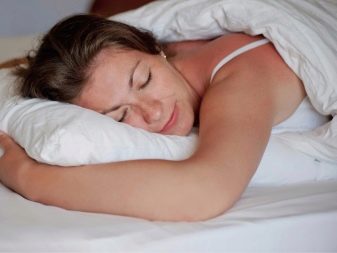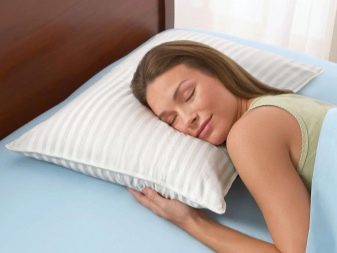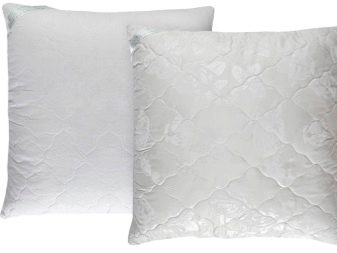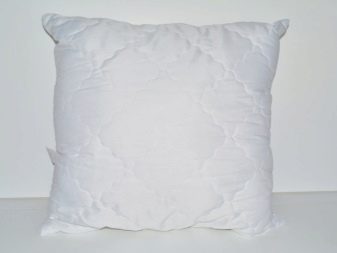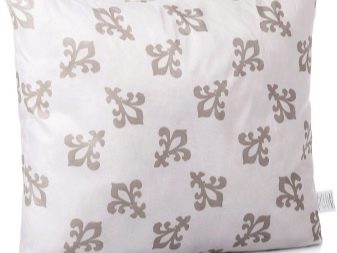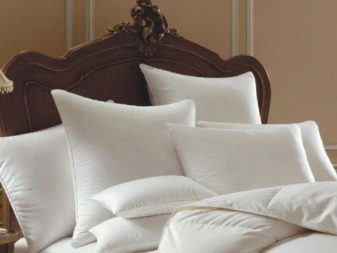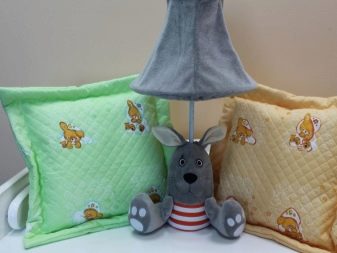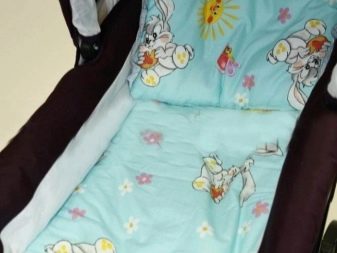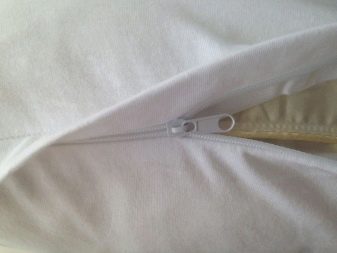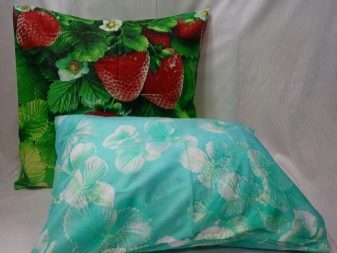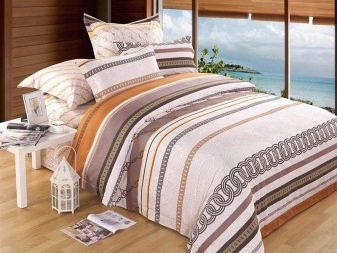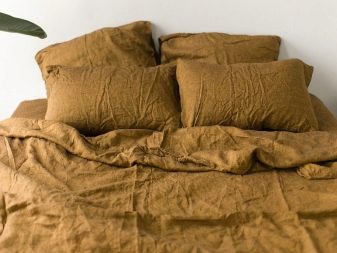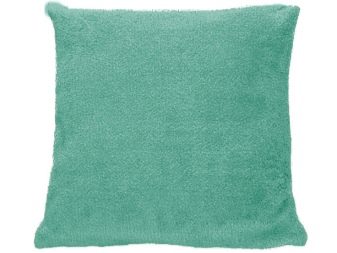Sizes of pillowcases
In the dream, we spend the third part of life. Our sleep depends on the creation of comfort during rest, and with it our state of health in general. One of the factors of quality relaxation is the size of the pillow.
Sizes of pillowcases
When choosing a pillow case for a pillow, it is important to consider for whom the bed attribute is specifically purchased. You need to know the parameters of this person, as well as the conditions for the use of pillowcases. Before choosing, you need to measure the pillow in height and width (vertically and horizontally), adding two centimeters from each side, since they are sewn with low accuracy for free maintenance and additional air exchange.
Standard square pillowcase 70x70 cm is designed for a cushion of 68x68 cmwhich is suitable for sleeping on the back of most people.They are focused on anatomical features: the distance (length) from the beginning of the shoulder to the edge of the pillow. People with a wide shoulder girdle choose models of large sizes.
Pillowcases 60x60 cm closer to the standard, well supported by the neck and head, most likely, will be used on pillows for adults and children who prefer to rest on their backs.
Foreign manufacturers have introduced the concept of "euro" on the Russian bedding market. This characteristic applies to each individual country, its features, where the textile was released. The rectangular European standard size of 50 to 70 cm for a cushion of 48x68 cm is suitable for those who sleep in different positions.
Size 40x60 cm used in children's bedsThe pillowcase is selected with a margin of 3-4 cm so that the pillow does not get lost during sleep or rest.
Sizes 40x40 and 35x35 cm are suitable for beds in cots and prams. Adults can use them as they wish or as a decor, especially for the transformation of the interior of the house, apartment.
Selection of pillowcases
When buying linen, you first need to focus on the size of the available pillows. The function of the pillowcase is to protect our body from filler.It is important to pay attention to the seams and their execution: they must be not collected, even, thin, not pass through the holes from a needle or sparse stitches of fiber, down, feather, dust and so on.
For quality rest is important way to close the pillowcase. The most common is when one edge of a pillowcase is inserted into the other. The zipper is convenient, if it is of good quality, sewn neatly double stitched, without protruding threads. Today it is very rare to see a clasp in pillowcases made with the use of buttons. This is more different brand name bedding quality or custom-made.
Designer details of pillowcases in the form of frills, edges, ruffles, ribbons, embroidery should not interfere with the face and affect their usability.
Fabrics
Material for bed linen is selected on the basis of its properties: the naturalness of the fibers, moisture absorption, lightness, breathability, durability.
Pillowcases from calico will be the most affordable and cheap. Over time, from the use of products made from this fabric, disadvantages appear: after washing, the product shrinks, and with frequent use, the pattern is erased.
Satin underwear is more expensive, but leaves a pleasant tactile sensations - the fabric is smooth, almost not wrinkled, long serves its owner, keeps the color.
Linen cloth is endowed with excellent natural properties, but such a pillowcase has a rough surface, it seems harsh, especially after washing, it is difficult to iron.
Modern technologies offer microfiber, pillowcases from which have almost all the qualities of cotton. In addition, they have a soft structure, retain heat well.
A pillow case made from natural materials or materials close to them will create all conditions for enjoying sleep, recuperation.
How to choose the right bedding, see the next video.
